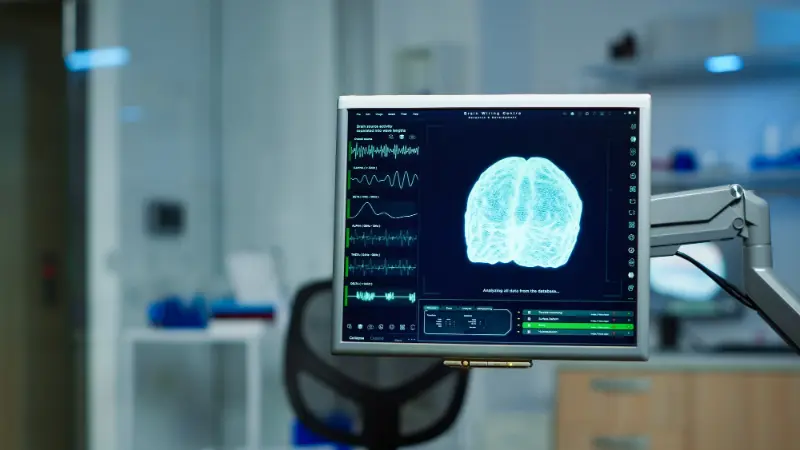Quick Links
For Patients
For Physicians
- Refer a patient to a specialist
- Order labs for patients
- Order radiology for patients
- Order At-Home Services
- Get your practice listed
For Companies

© Copyright 2024 American TelePhysicians. All rights reserved.




Traumatic brain injury (TBI) results from an aggressive blow to the head or body. Anything that travels through the brain tissue, such as a bullet or shattered piece of the skull, can cause traumatic brain injury. A mild injury may affect the brain cells for some time, but a severe traumatic brain injury can result in serious injuries like bruising, ripped tissues, bleeding, and multiple physical damages to the brain. These injuries can lead to long-term adverse effects or even death.
Traumatic brain injury (TBI) results from an aggressive blow to the head or body. Anything that travels through the brain tissue, such as a bullet or shattered piece of the skull, can cause traumatic brain injury. A mild injury may affect the brain cells for some time, but a severe traumatic brain injury can result in serious injuries like bruising, ripped tissues, bleeding, and multiple physical damages to the brain. These injuries can lead to long-term adverse effects or even death.
Traumatic brain injury (TBI) results from an aggressive blow to the head or body. Anything that travels through the brain tissue, such as a bullet or shattered piece of the skull, can cause traumatic brain injury. A mild injury may affect the brain cells for some time, but a severe traumatic brain injury can result in serious injuries like bruising, ripped tissues, bleeding, and multiple physical damages to the brain. These injuries can lead to long-term adverse effects or even death.
Traumatic brain injury (TBI) results from an aggressive blow to the head or body. Anything that travels through the brain tissue, such as a bullet or shattered piece of the skull, can cause traumatic brain injury. A mild injury may affect the brain cells for some time, but a severe traumatic brain injury can result in serious injuries like bruising, ripped tissues, bleeding, and multiple physical damages to the brain. These injuries can lead to long-term adverse effects or even death.